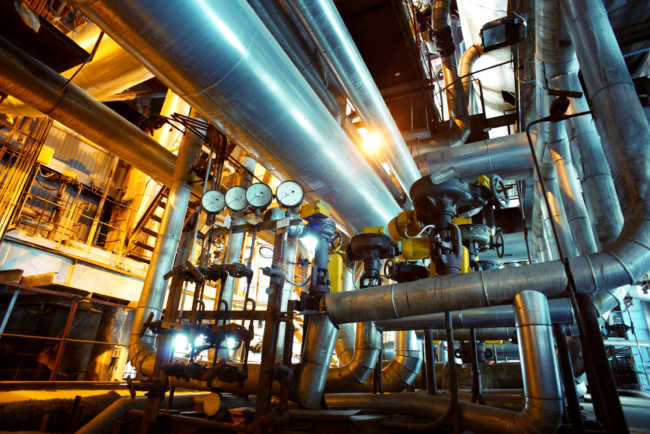Asset Performance: The art of doing more with less
Producing clean water and treating wastewater is a complex industrial process involving lots of different types of assets, for example pumps, sediment tanks, treatment units etc. Adding to the complexity is the fact that that these [units/assets] are often distributed over a wide area and are connected to the consumers through a large network infrastructure. For readers not closely familiar with operational aspects of water plants and networks, think about how the water gets to all the houses in your neighborhood). The task of monitoring everything to make sure it is running at peak efficiency is a rather daunting one – which water operation managers can confirm.
So, let’s pause for a minute and think about pumps located in remote locations which often consume large amounts of electrical power. How to ensure pumps will run at the correct speed to deliver water with the right pressure when you open your tap at home, considering that simultaneously hundreds of others in your neighborhood may be flushing toilets or taking showers?
To ensure consistent water delivery, high-powered pumps are often set to operate at greater speeds than needed – this is viewed as as a conservative approach which may use more energy and increases the stress to pipelines, but it beats the alternative. Now, how does this affect maintenance? Bearings, impellers etc. wear out, that’s a fact of life. Ideally, they get replaced before the pump grinds to a halt, but can we know when that’s going to happen? Today this largely is a manual process, so either as things fail they get fixed, or at other times, units get replaced before they need to, in order to avoid failure later. More about decreasing industrial inefficiencies through Asset Management and IoT.
Digitize for efficiency and reliability
So how do some of today’s water suppliers up efficiency, use less energy, avoid leakage and breakdowns, and supply and treat the ever-increasing amounts of water needed to keep up with the trend in population growth? Another trend may offer some answers: the Industrial Internet of Things (IIoT), which basically means that the control systems, sensors etc. behind all assets can be accessed and connected, securely, anytime and anywhere so so investment in water infrastructure os a key role in smart cities development. For most of the water industry this could be a place to start looking for new ways to improve operations. Buried inside all the data, accessible because of this trend, it is very possible we can find some of the answers we need. We wrote earlier about the biggest challengesin the water industry in case you want to check them.
How to get started?
The first step is to make sure data is accessible – and there’s lots and lots of it! In its raw form it would be information overload, when using the right tools and analytics this ocean of data can be turned into actions to take and provide helpful [and new] insights into current operations.
I’m not talking about raw numbers here but about actual guidance to advise what to do and not to do, when to act to avoid failure or when to make tweaks to ensure error-free continuation of your process ensuring everything runs at peak efficiency.
The tools able to deliver this are referred to as ‘Advisors’; they distill business value from data and put IIoT technology to practical use in improving efficiency and reliability. More about the IIoT Impact on Asset Performance Management.
Get insights to those who can make a difference -when and where they need them
Today’s mobile and augmented reality technologies allow, for example, a worker in the field to simply point a tablet towards a pump to determine if there are any developing problems based on how it’s currently operating versus what’s normal or optimal.
Maintenance takes place only when it’s needed but always before a breakdown occurs.
Additionally, it’s possible to set pumps to run at outputs that closely match actual demand, and even to compare smart water meter data with flow rates across the water network to diagnose leaks.
More about Plant Asset Management Strategy
What’s the business benefit of asset performance? Two things according to ARC:
- Insight driven prescriptive maintenance programs have the potential to reduce unplanned downtime to almost zero.
- Making better use of maintenance resources by performing only needed maintenance and avoiding unplanned downtime can reduce MRO and labor costs by 50%
Originally this article was published here.
This article was written by John Boville, the EcoStruxure Enablement manager in the Industrial Automation Team at Schneider Electric. He has been with the company for more than 20 years and in engineering, management and marketing roles for industrial automation solutions for over 30 years.



